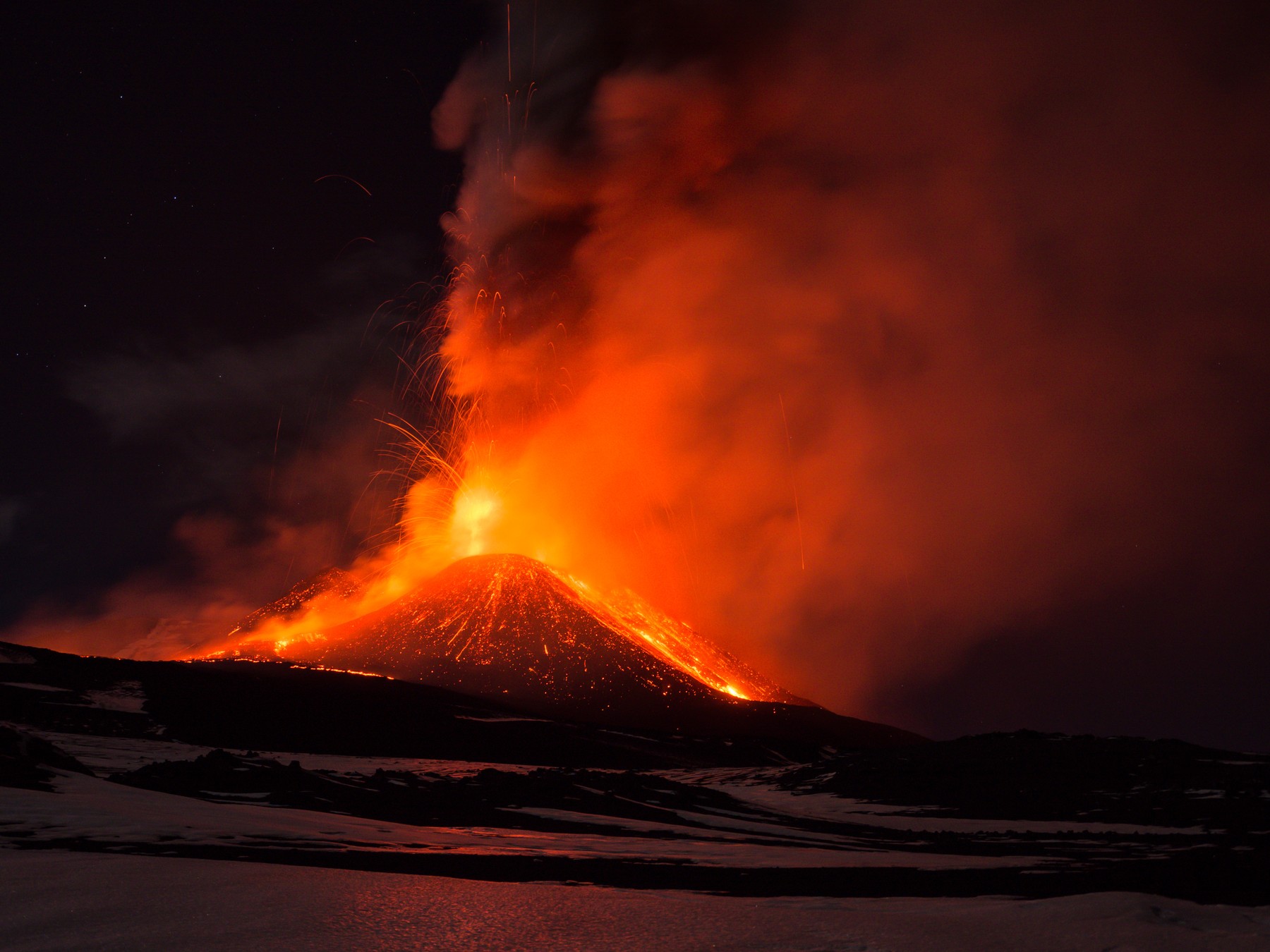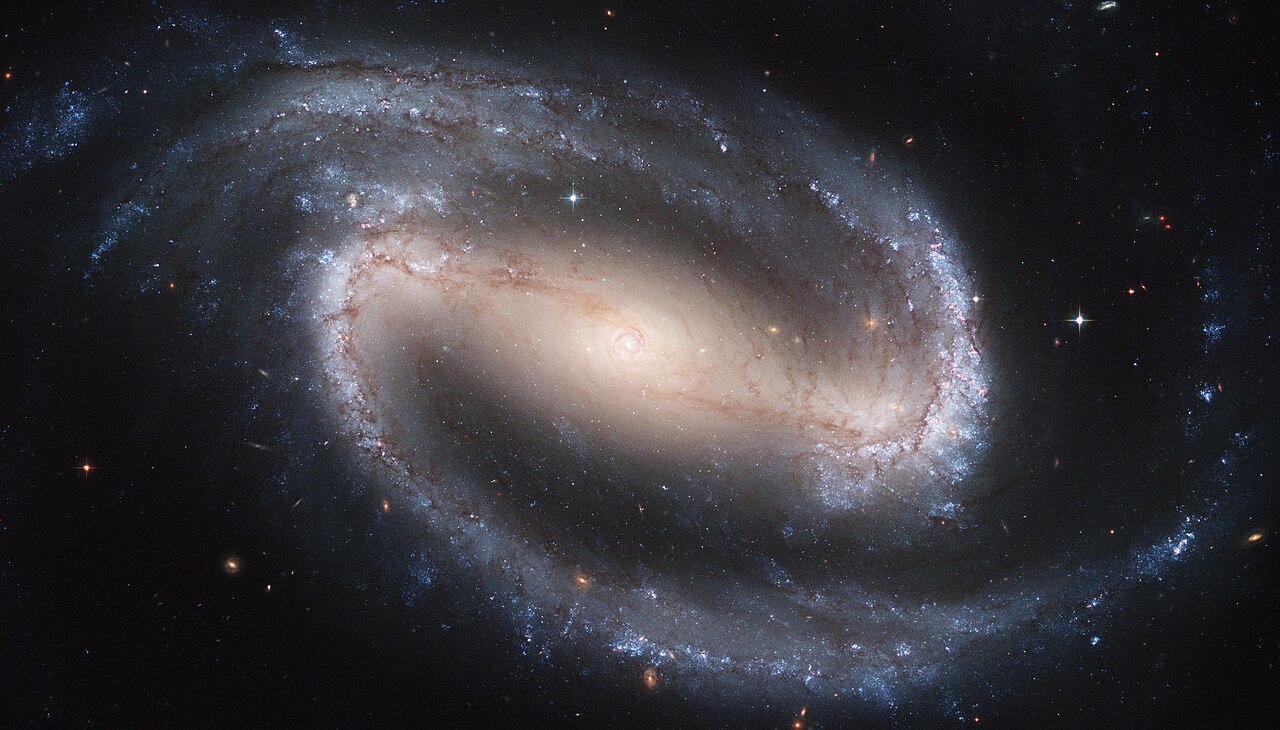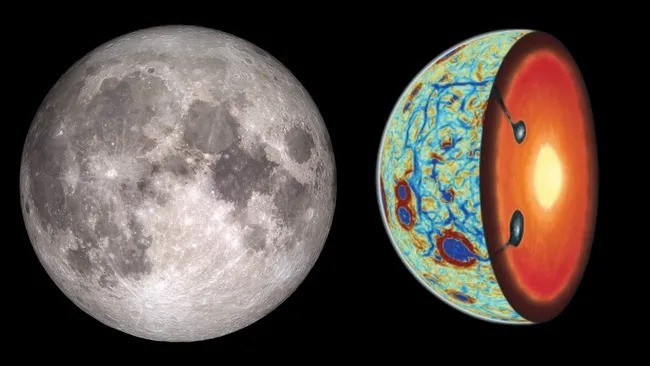About 4.2 billion years ago, the Moon's surface “surfaced,” creating the shapes we can still see today.
Most scientists agree that the moon is approaching. They were created 4.5 billion years ago, when a Mars-sized body from our solar system, the hypothetical body known as Theia, collided with Earth and tore off a piece of it, and our celestial companion later formed from that material. However, how the Moon's history continued after that, according to some, is best described by a branching story: there could have been many different scenarios up to the formation of the Moon as we know it today, and it is difficult to choose which one corresponds to reality. However, a group of researchers tried to determine the most influential events in the history of the moon and came to some interesting conclusions. Among other things, by examining rock samples collected during the Apollo missions, team members showed that there was a period when the surface of the Moon “turned upside down.” If this result turns out to be correct, the long-standing mystery of the moon's formation will also be solved.
“The surface of the Moon is likely upside down.” “However, it has not been vigorously debated until now what series of events could have occurred during this critical period in the Moon’s history,” said Jeff Andrews Hanna, who participated in the research.
Titan on the bright side of the moon?
The researchers found a surprisingly large amount of titanium in basalt lava in the rock sample taken from the moon, and in parallel, spacecraft images taken from our celestial companion also showed the presence of titanium-rich volcanic rocks in the outer layers of our planet. moon. These measurement results raised the following questions: How did these types of rocks get there, and why weren't they more common on the moon's surface?
Members of the research group that conducted this research believe that the formation of the Moon was a rapid process, and that the entire celestial body was initially covered by an ocean of magma. As this ocean cooled and subsequently solidified, the Moon's outer layers, such as the mantle and crust, formed. At that time, according to theories, the Moon's interior could still have been cloudy.
Models of the Moon's formation indicate that the last remnants of the Moon's magma ocean crystallized into dense materials such as ilmenite, a mineral rich in iron and titanium.
“Because these heavy metals are denser than the underlying mantle, they likely sank deeper beneath the Moon’s surface after they formed.” – Highlight Weigang Liang, who led the research.
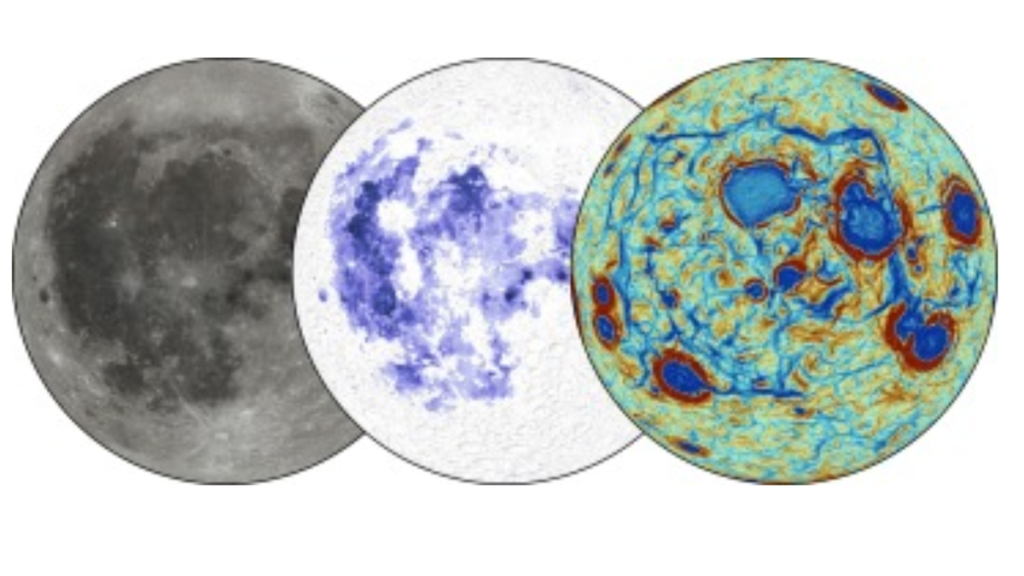
The question is: How did this dense material fall below the surface after the moon's surface solidified? Is it one big bubble or several small bubbles? Also, if this mineral is found on a global scale mostly below the surface, how did it reach the surface in certain areas of the moon?
“If there is no evidence, one can choose the model that one likes best.” – said one of the members of the research group Adrian Brockett. – “Each model predicts in detail the geological evolutionary history of the Moon.”
Nan Zhang, who also participated in the research, developed such a model, according to which a large impact event could have brought titanium-rich rocks from the surface of the Moon, which were in deeper layers. Later, these rocks, gathered into sheets, began sinking back toward the depths of the moon, leaving behind deposits rich in titanium.
“When we saw the predictions of this model, a light went on in our heads.” Andrews said to Hannah. “Knowing the complex pattern of the Moon's gravitational field, we also came to the conclusion that denser rocky material lies beneath the surface. This is quite consistent with the above model.
The holy grail of moon models
In order to confirm their theory with measurement evidence, the group members collected data from GRAIL (Gravity Recovery and Interior Laboratory), a space mission specializing in measuring lunar gravity anomalies.
“Inspecting these small gravitational fluctuations gives us a glimpse beneath the moon’s surface.” Brock stated. – “The GRAIL data appear to be consistent with the hypothesis that ilmenite exists beneath the surface of the Moon.”
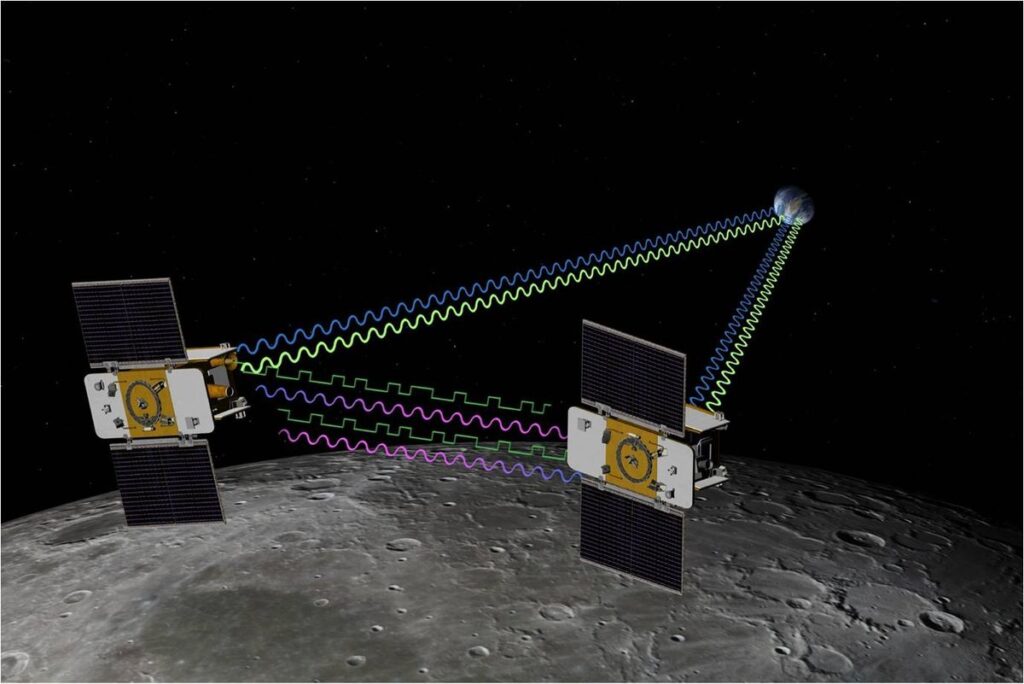
This discovery also shows that by studying lunar gravity, we can reveal the location of ilmenite remains on the moon's surface that have not yet sunk into deeper layers. Thus, the flow of dense, titanium-rich rocky material caused measurable gravity anomalies, which were also detected by the GRAIL mission.
The research team also determined when the event occurred when a layer of ilmenite came to the surface from the moon's inner layers. From examining large impact craters, they came to the conclusion that the ilmenite-rich layers sank beneath the surface even before they were formed, more than 4.2 billion years ago. Ilmenite subsidence may have led to the development of volcanic activity, and this is consistent with the theory that volcanic activity was common in later periods of the Moon's history.
The results also showed that the inversion of the Moon's mantle led to the formation of a dark region called Oceanus Procellarum. This lava-covered region, in addition to being located at a greater depth than its surrounding areas, covers a thinner lunar crust. In addition to all of this, and to prove the research group's theories, there are large quantities of minerals composed of heavy elements similar to titanium and thorium. By achieving these results, it has become possible for the first time to provide evidence of processes occurring beneath the surface of the Moon and show that the oldest history of the Moon was written beneath its surface. Naturally, we will be able to learn more about these processes through subsequent seismic measurements. These findings may also be important for NASA's Artemis III mission in 2025, when humans will set foot on the moon again after 50 long years.
The research team published their results in the journal Nature Geoscience.
Article source: https://www.space.com/moon-inside-out-billions-years-ago
comment




















